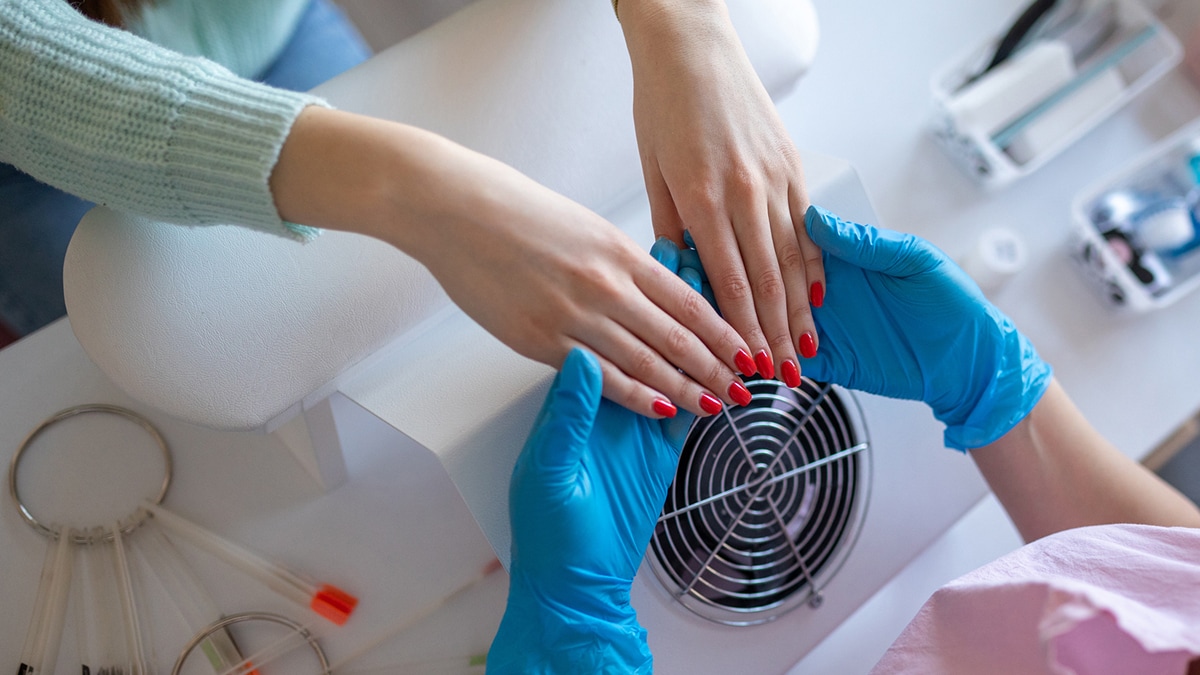Key points
- It’s important to review safety instructions before using epoxies and resins.
- Before they cure (dry), some epoxy or resin components can be hazardous.
- Cured epoxies/resins are usually safer to handle than their uncured components.

Understanding epoxies and resins

Epoxies and resins are chemicals that can combine to form a hard, strong surface when they cure (dry). They are often used in two-part glues or surface coatings.
As epoxies cure, they generally turn into much less toxic polymers.
Ingredients in epoxy and resin systems can include styrene, methyl methacrylate, epoxy resins, vinyl chloride, and others.
Why I should be concerned about exposure
Some chemicals in this group have been linked with an increased risk for fertility problems in both men and women. Exposure during pregnancy might increase the risk of miscarriage, stillbirth, and birth defects.
We do not always know what levels of these products are safe. Try to reduce or eliminate exposure when you can.
Who is at risk
Epoxies and resins are used in a wide variety of workplaces, so workers who might be exposed include:
- Plastic manufacturing workers
- Beauty and nail salon workers
- Healthcare workers, e.g. in orthopedics and dental laboratories
- Boat builders
What I can do to reduce or eliminate my exposure
Follow safety instructions on the label or safety data sheet for any epoxies and resins you use.
Increase ventilation as much as possible. Keep in mind that smelling or not smelling a chemical isn't a good indicator for whether you are safe or not. Harmful levels of chemicals cannot always be smelled, and some much less hazardous chemicals have an odor.
Wear the right personal protective equipment for the epoxies or resins. Gloves have to be the right materials, or they may not protect you. If there is any chance of splashing these chemicals into the eyes, wear eye protection like safety glasses or goggles.
If you get these chemicals on your skin or clothes, wash the skin or change your clothing as soon as possible.
Learn how to avoid take-home exposure to ensure you don't bring these chemicals home on your work clothing or shoes.
If you are trying to conceive, pregnant, or breastfeeding: avoid mixing epoxies and resins yourself. Ask if someone else can mix them for you.
If exposure cannot be avoided during pregnancy, respirators can reduce the amount of certain chemicals that workers breathe in. Charcoal masks or surgical masks will not protect you from these chemicals. To be effective, respirators must be used correctly. Learn more about respirators and pregnancy. Talk to your doctor and your employer if you think you might need to use a respirator.
Resources
Getting help
If you are pregnant, consider talking to your employers to avoid these duties during pregnancy and breastfeeding.
For information on the Pregnant Workers Fairness Act, please see resources from the U.S. Equal Employment Opportunity Commission (EEOC) website.
Talk to your doctor about your work with epoxies and resins.
Where can I get more information
Read the Current Intelligence Bulletin on Glycidyl Ethers, a common component of epoxy resins.
Read about protecting your skin from contact with epoxy resins in the construction industry.
